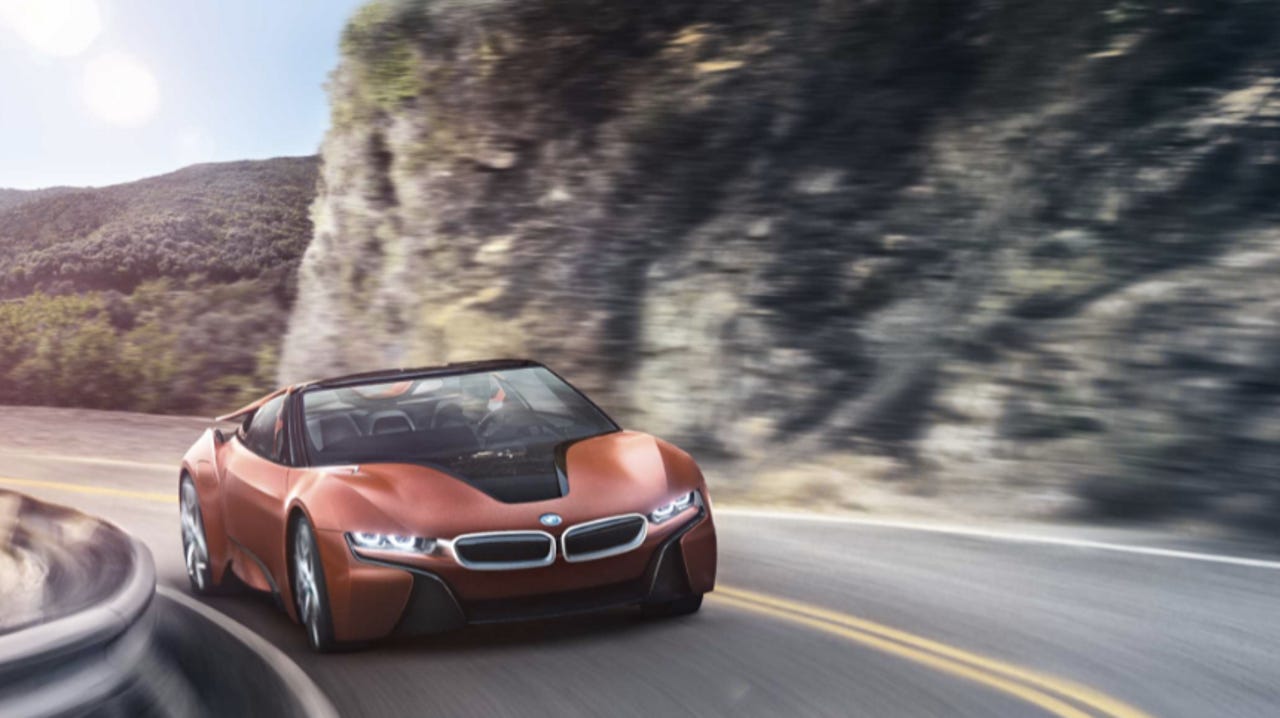BMW teams with Intel, Mobileye to develop self-driving cars by 2021


The BMW iNEXT
BMW is teaming up with Intel and Israeli camera and sensor company Mobileye in an effort to bring self-driving cars to market by 2021.
Featured
The companies plan to work together on the creation of the BMW iNEXT model, which according to BMW, will be the foundation for the automaker's autonomous driving strategy and help "set the basis for fleets of fully autonomous vehicles, not only on highways but also in urban environments for the purpose of automated ride sharing".
The three companies said they want to align the industry on a standards-based platform that would help bring autonomous vehicles to market more rapidly. Coincidentally, the 2021 deadline makes the iNEXT the only autonomous vehicle initiative with a specific production date.
To meet the ambitious deadlines, the companies established a set of deliverables and milestones to keep the project on track. In the near term, the companies plan to demonstrate a test drive with an iNEXT prototype. By next year, the platform will expand to fleets of vehicles for more autonomous test drives.
Mobileye is providing system-on-chip technology for sensor processing, visual analytics and a set of algorithms that will help the iNEXT navigate roads and terrain. Mobileye has worked with BMW in the past, along with General Motors, Volkswagen AG, Nissan Motors and Tesla Motors Inc.
"Mobileye, BMW and Intel have taken the most significant step to date in offering a fully autonomous vehicle that's ready for the average consumer," Amnon Shashua, the chairman of Mobileye, said in a statement. "In just five years, the driverless experience will be activated by the touch of a button."
As for Intel, the semiconductor maker is providing in-vehicle computing, cloud and machine-learning technology; a high-bandwidth, low-latency connectivity system; memory and FPGA technology; human-machine interfaces; and safety and security technology.
"Today is an important step in bringing our vision to reinvent the driving experience," said Intel CEO Brian Krzanich. "To make this vision a reality, cars -- and everything they connect to -- will need super-powerful, secure and reliable electronic brains that make them smart enough to act like human drivers."